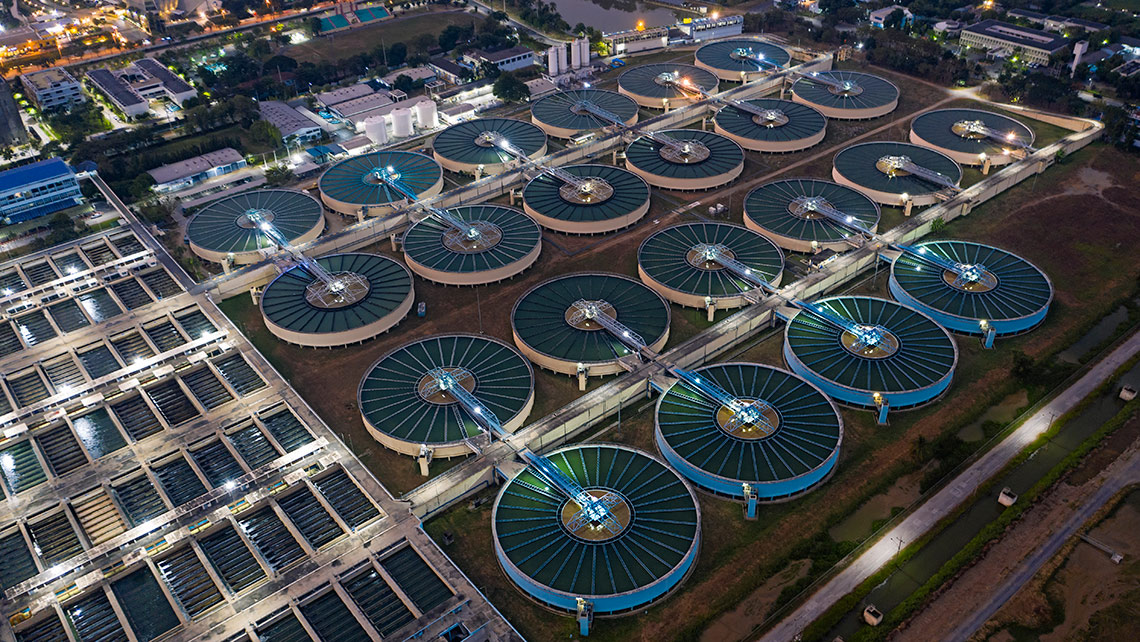How can wastewater treatment plants (WWTP) reduce their carbon footprint while meeting increasingly strict environmental regulations? This free, on-demand webinar explores the environmental impact of different treatment configurations and offers practical guidance for increased sustainability.
Presented by Kemira in collaboration with IVL Swedish Environmental Research Institute, the session shares findings from a comprehensive study, initiated and funded by INCOPA, comparing chemical and biological phosphorus removal technologies. Using life cycle assessment (LCA) and digital twin modeling, the research evaluates three WWTP setups under various phosphorus emission limits and coagulant types.
The revised Urban Wastewater Treatment Directive introduces new challenges for municipalities and utilities. This webinar provides data-driven insights to help decision-makers assess which treatment technologies offer the best balance between regulatory compliance, energy efficiency, and climate impact.
What You’ll Learn:
- How chemical precipitation compares to biological phosphorus removal in terms of carbon emissions
- Which WWTP configurations are most energy-efficient and environmentally sustainable
- How phosphorus emission limits (0.3–1.0 mg/l) affect treatment performance
- The role of coagulants in shaping carbon footprint
- Why energy neutrality is more achievable with certain technologies
Key Takeaways:
- Biological P-removal may result in higher carbon emissions due to increased electricity use and lower biogas yield
- Energy neutrality is easiest to be reached at the WWTP using chemical pre-treatment
- Iron-based coagulants may offer a slightly lower footprint than aluminum-based alternatives
- The main contributors to greenhouse gas emissions at a WWTP are electricity (depending on energy source), release of nitrous oxide and methane slip from sludge treatment.
- The use of sand filters can improve phosphorus removal but may increase electricity consumption
This webinar is ideal for water professionals who are looking to align wastewater treatment strategies with sustainability goals and regulatory expectations.






